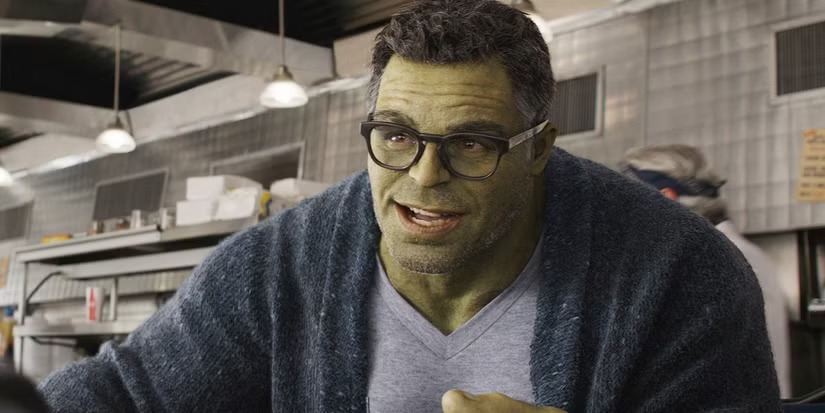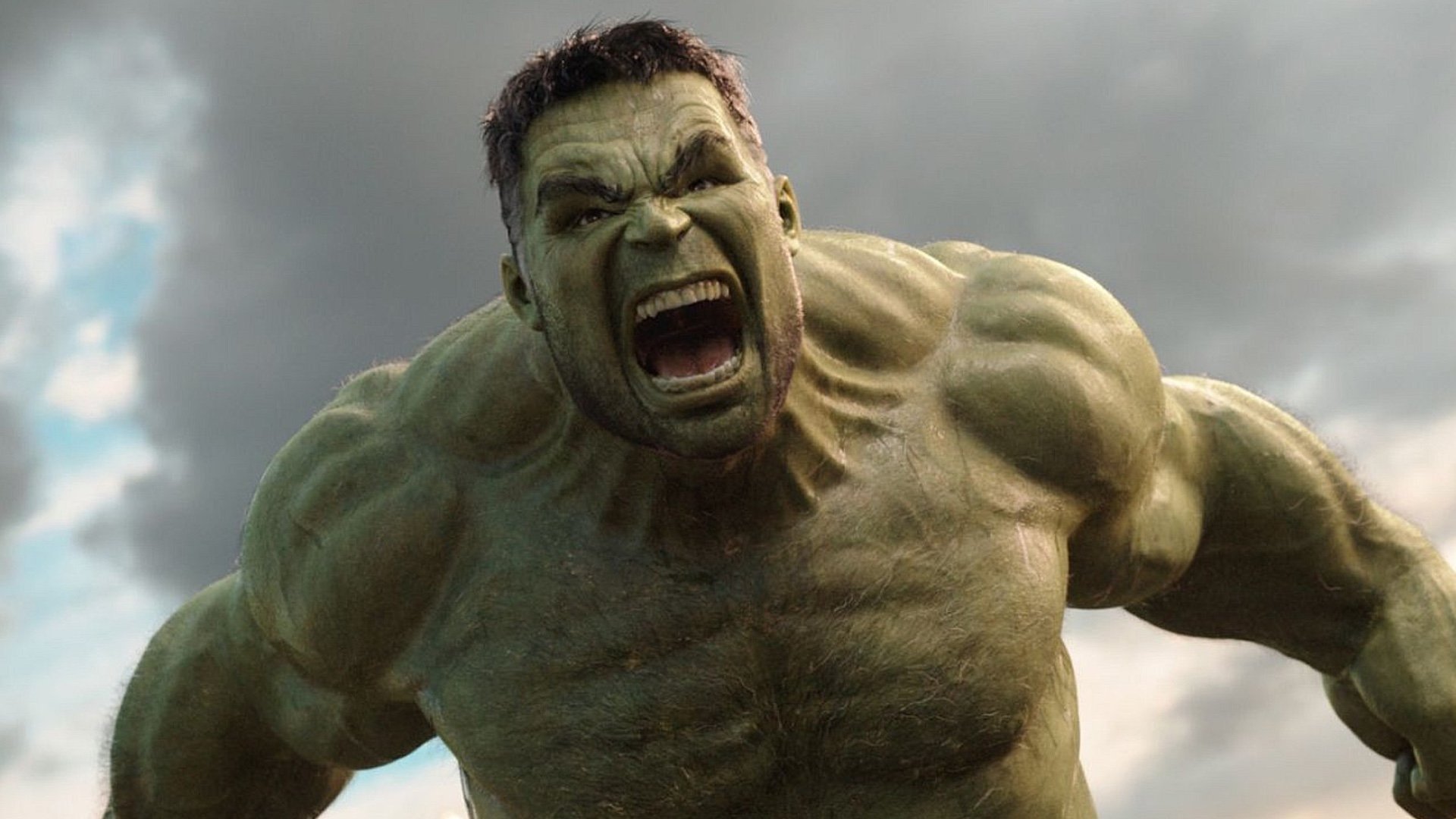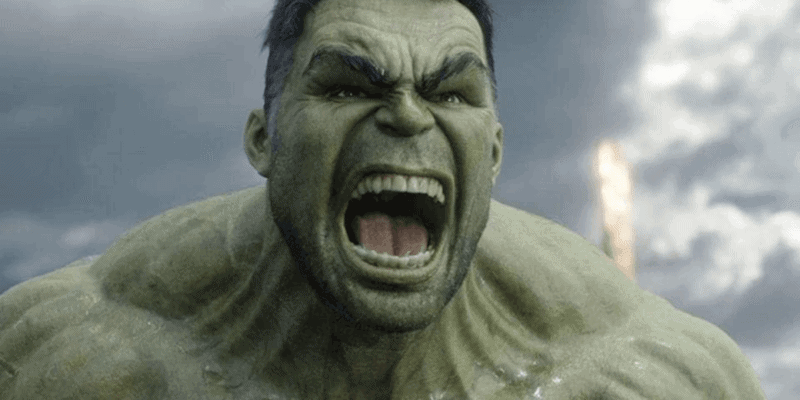The MCU’s Hulk is a major Avenger, but Marvel Studios has not focused much on Bruce Banner’s backstory or the events that led to the creation of the Gamma monster before The Incredible Hulk.
As a founding member of the MCU’s Avengers, Hulk has had a significant impact since his debut in 2008’s The Incredible Hulk. Since then, he has appeared as a supporting character in several movies and in his cousin’s spinoff series, She-Hulk: Attorney at Law.
Over time, Hulk has learned to work with others, control his monstrous side, become a true hero, and merge the man with the monster before playing an important role in saving the universe.
However, while the MCU has developed Hulk’s story, several important parts of his comic book history are still largely unexplored, like his origin and the time he spent running from the authorities after Bruce Banner’s first transformation into the Hulk.
One of the main reasons Marvel Studios hasn’t gone deeper into Hulk’s past is because of shared rights with Universal, who have held the distribution rights to his solo films for years.
Still, The Incredible Hulk and several brief moments throughout the MCU timeline have at least provided a rough outline of the events leading to Hulk’s creation.
Hulk’s MCU Origin & Backstory
In The Incredible Hulk, General Ross explains that the U.S. Government and Army had been trying for decades to recreate Captain America’s Super Soldier serum but failed every time.
At some point, Dr. Bruce Banner — who had earned several PhDs over the years — suggests using Gamma radiation, not knowing the real goal of the project. Under pressure from Ross, Banner uses a special primer with too much Gamma radiation, causing the experiment to go horribly wrong.
Banner transforms into the Hulk for the first time, injuring Betty Ross and her father. He then changes back into his human form and escapes.

Bruce Banner continues to move through the Midwestern U.S., Canada, and eventually Alaska, where he tries to end his life with a revolver. However, Hulk stops him from doing so, and Banner keeps traveling through places like Russia, Israel, and other countries before ending up in South America.
In Brazil, he learns meditation techniques to control his anger and gets a job at a bottling plant. Meanwhile, General Ross contacts Stark Industries and SHIELD to help him track down the Hulk, leading him to recruit Emil Blonsky.
The plot of The Incredible Hulk centers on Bruce Banner and the Hulk defending themselves from General Ross while Banner searches for a cure with Samuel Sterns. Sterns ends up helping Blonsky transform into Abomination, and Blonsky himself undergoes a monstrous change.
During the movie’s bittersweet ending, Hulk convinces Ross to let him go after defeating Abomination, and Banner goes on the run again. Years later, Black Widow finds him in India. Other scenes in the MCU and the tie-in comic The Incredible Hulk: The Big Picture add more details to these events and Hulk’s backstory.
How Does His Power Works?
Hulk’s MCU powers are similar to those in the comics. The Gamma radiation in Bruce Banner’s original experiment triggers something deep within his genes, which have a natural ability to cause his Hulk transformations, much like how Steve Rogers’ genes made the Super Soldier serum work so well.
Since that experiment, any extreme reaction like anger or pain sets off a change in Bruce Banner’s body, which starts an irreversible transformation into an increasingly powerful Hulk. This transformation gives Hulk unlimited strength, speed, endurance, and a very strong regenerative healing factor.
Even though Bruce Banner can control his transformations through meditation and self-reflection, Hulk is a separate personality with its own wants and feelings.

The longer Hulk stays out, the more independent he becomes, making it harder for Bruce Banner to control him. Hulk’s huge body and strength are just a vessel for Bruce Banner, protecting him from dying no matter what.
However, Bruce Banner’s intelligence lets him merge his body with Hulk’s through several experiments before Avengers: Endgame. After this, Hulk’s rebellious side seems to fade away as Banner enjoys Smart Hulk’s superhuman abilities.
How’s Does the Origin Was Changed?
Hulk’s MCU origin is largely true to the original comics, but there are some major changes made to the character’s backstory. By skipping certain parts of Bruce Banner’s past or altering some of the events, the MCU version of Hulk left out at least three important aspects from his comic book origin.
In the MCU, the experiment that creates the Hulk happens because Bruce Banner gives in to General Ross’ pressure to finish the procedure.
Banner voluntarily sits in the machine and reassures Betty Ross that everything will be fine before he absorbs the Gamma radiation and transforms into the Hulk for the first time.
In the comics, however, Bruce Banner is exposed to a large dose of Gamma radiation when he jumps in front of a science student, Rick Jones, who has wandered into the testing site for a Gamma-powered nuclear weapon that Bruce had designed.
The MCU briefly mentions Bruce Banner’s father, Brian, in a deleted scene from Thor: Ragnarok, where Banner tells Thor that he missed his father’s death because he was focused on his Gamma experiments.

However, in the comics, Brian Banner had a significant impact on both Bruce and Hulk’s story. Bruce’s father abused him physically and killed his mother in front of him, only to return years later and attack him at his mother’s grave. These painful childhood experiences led Bruce to create another personality in the form of an imaginary friend, who would later take shape as a Gamma monster.
Bruce Banner’s imaginary friend was a sign that his mind was breaking apart, slowly creating different personalities. The first one was the Savage Hulk, which represented Bruce Banner’s buried anger and the innocence lost during his troubled childhood.
Banner’s exposure to Gamma radiation only strengthened the creature already living in his mind, giving it a powerful body to use as a weapon. Other Hulk personalities, such as Joe Fixit, Devil Hulk, and Guilt Hulk, represent different sides of Bruce Banner’s mind, and he developed them in response to various situations that pushed him to his breaking point.
In Marvel Comics, Hulk is one of many Gamma mutates, all connected by a Gamma gene that makes them prone to transformations triggered by Gamma energy.
They are also connected to the One Below All, an ancient being that lives in the Below-Place, a realm where all Gamma mutates go after they die through the Green Door portal.
Hulk and other Gamma mutates owe their personalities, invulnerability, and immortality to the One Below All and the Below-Place. However, the MCU does not include these mystical elements and instead focuses on a purely scientific origin story for its version of the Hulk.


